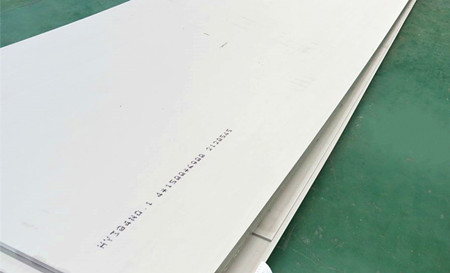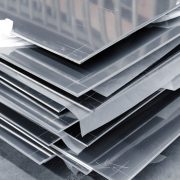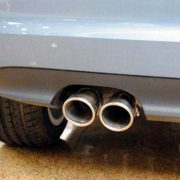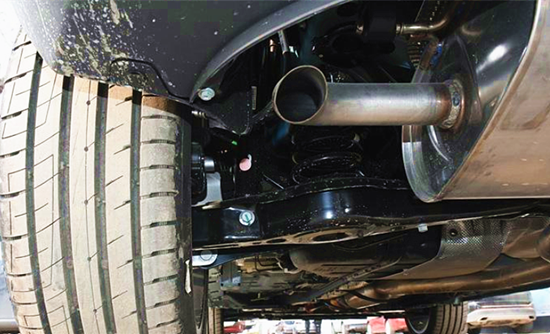The difference between Stainless steel hot rolled plate and cold rolled plate
Stainless steel has excellent corrosion resistance, processing, biocompatibility and strong toughness within a wide range of temperatures, has been widely used in the petrochemical industry, atomic energy, light industry, textile, food, household appliances and other fields. Hot rolling and cold rolling are the necessary processes for stainless steel plate forming. The hot rolled plate is the raw material of cold-rolled plate, both of them will affect the microstructure of the stainless steel plate.
The hot rolling process of stainless steel is made from the slab (mainly continuous casting slab), which is heated and made from a roughing mill and finishing mill group. The hot steel from the last finishing mill is cooled by laminar flow to the specified temperature and is rolled into coils by the coiler. The steel after cooling has an oxide surface, with a black color, commonly known as “stainless steel black coil”. After annealing and pickling, the oxidized surface is removed, that is, “stainless steel white roll”. Some hot rolled stainless steel products can be used directly and some need to be processed into cold-rolled products before being used.
Stainless steel cold-rolled plate is generally the product of stainless steel hot-rolled plate with a thickness of 3.0-5.5mm after being rolled and processed by cold rolling equipment (single stand cold rolling/multi-strand cold rolling). Different processing methods and reprocessing after cold rolling can make the surface of stainless steel plate have different grades of surface finish, grain and color. There are 2D, 2B, No.3, No.4, No.4, HL, BA, TR, embossing and other surface grades in the surface processing of cold-rolled stainless steel plates. A variety of deeply processed surfaces such as electroplating, electropolishing, directional pattern, etching, shot peening, coloring, coating and its combination can be further implemented on the basis of cold rolling, in addition, the no.1 surface and pattern plate after hot rolling pickling are also included. what’s the difference between of hot rolled and cold rolled stainless steel plate?
Different surface qualities

Different prices
The toughness and surface quality of the stainless steel cold-rolled plate is higher than the hot-rolled plate, and the price is higher than the hot-rolled plate.
Different applications
Stainless steel cold-rolled sheet is widely used in various civil and industrial fields, including architectural decoration, products, home appliances, rail transit transportation, automobiles, elevators, containers, solar energy, precision electronics, etc. 2D, 2B, BA and grinding surface can be directly used for most products in architectural decoration, elevator, container and other industries. The cold-rolled sheet after forming or re-processing can be used in places with higher surface quality requirements, such as home appliances, rail transportation, automobiles, solar energy, precision electronics, etc.




